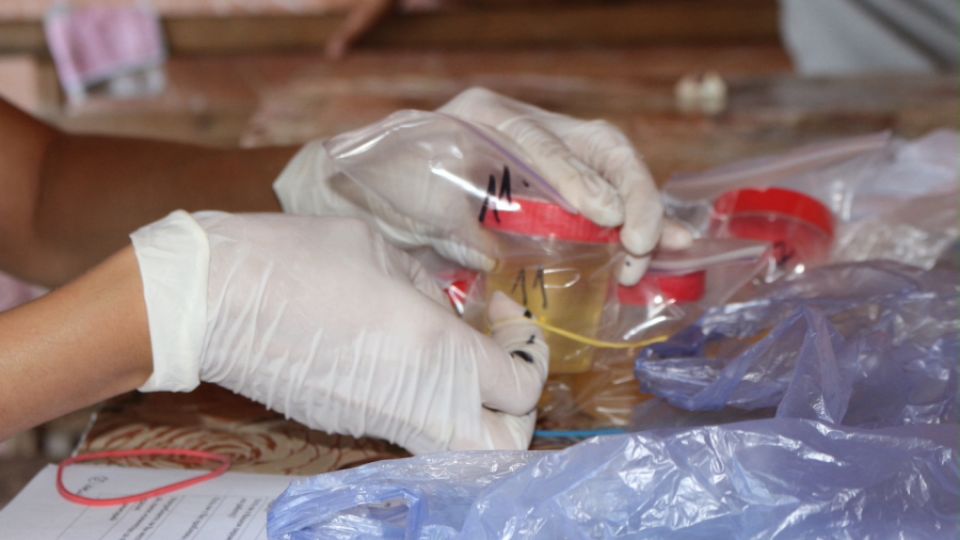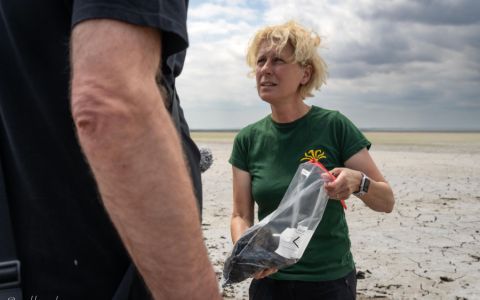The Czech Chemical Safety Organization "Arnika," together with organizations from Armenia - the NGO "Center for Community Mobilization and Support" and information NGO "EcoLur," continues to present the results of research from 2021 on the impact of mining and metallurgical industry on human health and the environment. This report presents the results of analyses of samples taken from the extended Shnogh community and the Teghut settlement at Mari March, affected by the Teghut Copper-Molybdenum Surface Mine and Sludge. The Teghut site is operated by the Teghut CJSC.
Samples were taken at sites where there was secondary chemical pollution resulting from leaks or the spread of pollution in water, sediments, private land, house dust, and finally biomaterials - hair and urine collected from residents living in contaminated areas.
The content of heavy metals and toxic elements characteristic of the industrial waste of this deposit was determined in the samples.
Thus, in all the soil samples, the concentrations of arsenic (As), copper (Cu), nickel (Ni), and chromium (Cr) exceeded the maximum permissible concentrations according to Armenian standards and in the case of copper exceeded the Czech, Dutch, and French limits for heavy metal content in the soil.
An increased content of arsenic and chromium (10 and 41 mg/kg, respectively), as well as a nickel (38 mg/kg), copper (216 mg/kg), and zinc (101 mg/kg), was determined in river sediments flowing directly from the tailings pond. High levels of copper (617 mg/kg), molybdenum (88 mg/kg), zinc (55 mg/kg), and chromium (20 mg/kg) were found in the lower sediments of the river flowing near the mine.
The Arnika program coordinator, Valeriya Grechko, emphasized: “The results complement the overall picture of the spread of pollutants around the Teghut and Shnogh communities. Although we took soil and sediment samples from this area three years ago, this year's results reaffirm their presence in the environment in this area.”
The same toxic elements were found in urine samples taken from locals aged six to 85 years old. Analyses of control samples taken from residents of the Tavush region in ecologically uninhabited areas were also performed and the results from this region were mostly lower than the samples taken in the area of interest. The highest content of arsenic and nickel was found in a 68-year-old woman living in Shnogh (78 μg/g creatinine and 45 μg/g creatinine).
The experts point out that these results exceed the maximum permissible level of arsenic content in workers in industrial enterprises in the Czech Republic, which raises concerns about the health of the inhabitants of these communities.
The research is carried out by the Czech organization Arnika together with the NGO Center for Community Mobilization and Support and the information NGO EcoLur with the financial support of the Ministry of Foreign Affairs of the Czech Republic within the Transition Promotion Program.








